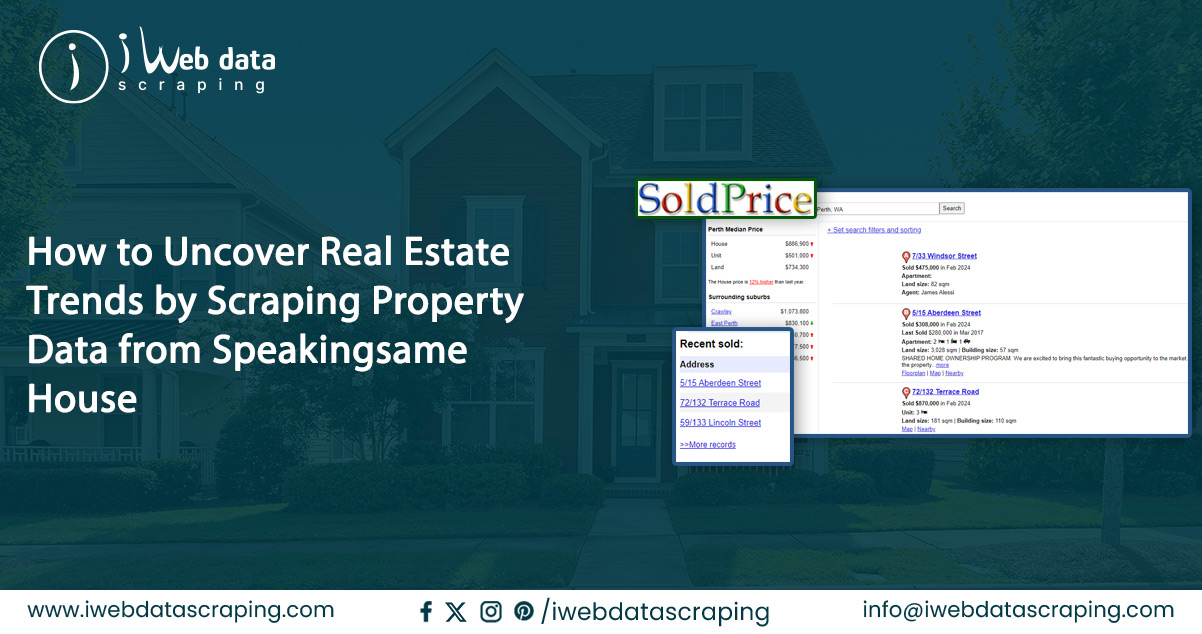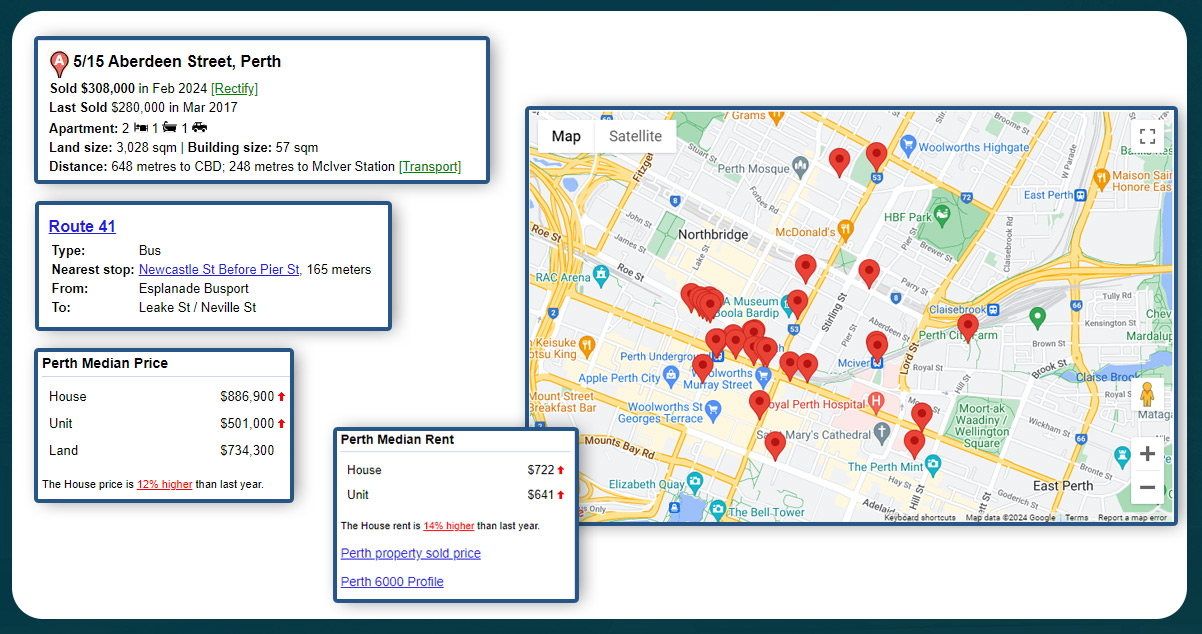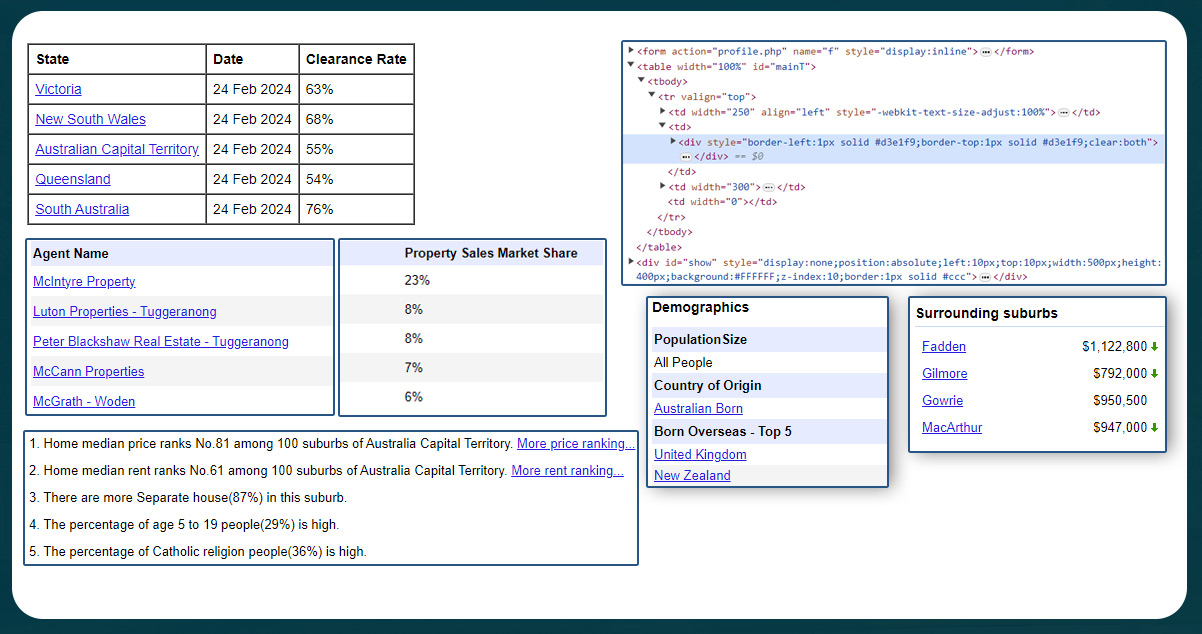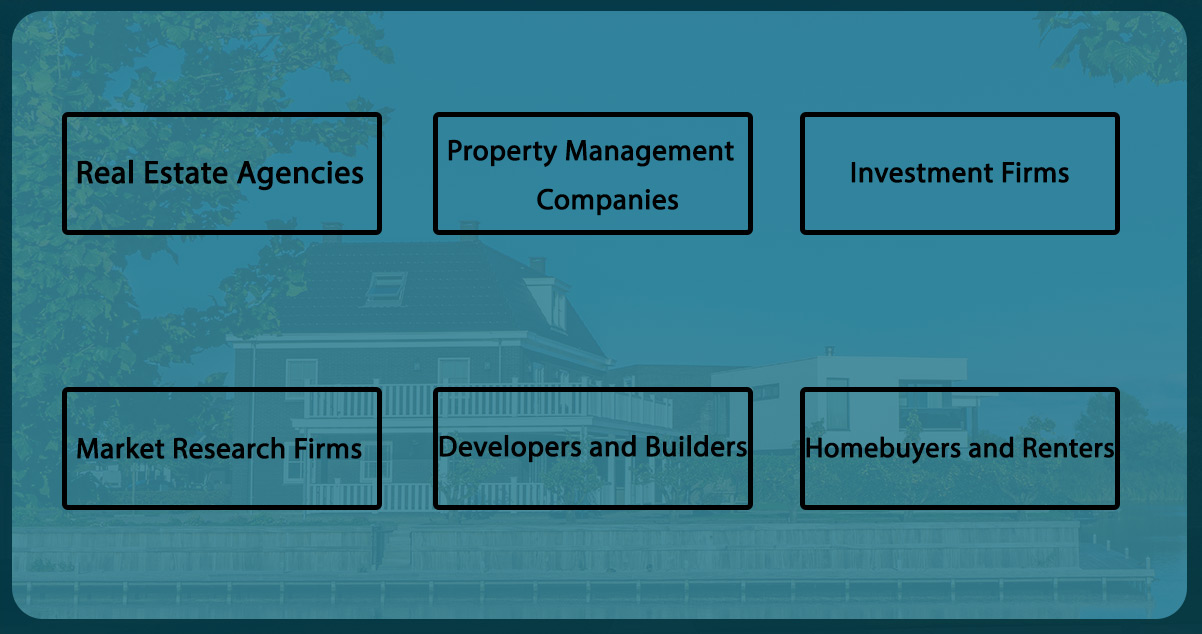

Web scraping is a powerful technique used to collect data from websites automatically, offering diverse applications across various industries, including real estate. By automating the process of gathering information from the web, web scraping enables organizations to access valuable data quickly and efficiently.
The Speakingsame House website is a valuable resource for individuals seeking information about properties in different locations. By featuring a comprehensive database of property listings, including details such as property types, amenities, and user reviews, the website offers relevant data for real estate businesses and professionals.
In this article, we will explore the process of scraping property data from Speakingsame House. By understanding the website's structure and employing web scraping techniques, readers will learn how to scrape real estate data and leverage them for various purposes within the real estate industry.

Speakingsame House offers a wealth of property information, including listings of residential and commercial properties across various locations. The site is valuable, providing extensive details about property types, features, and user-generated content like reviews and ratings.
Within Speakingsame House's listings lie a treasure trove of property-related data ripe for scraping. It includes detailed information on property features, amenities, and user-generated content like reviews and ratings. This data holds significant value for real estate professionals, property owners, and prospective buyers, offering insights into property trends, preferences, and satisfaction levels. Our Real e-state data scraping service can
1. Historic sold prices (Jan 2020 – Present)
2. Historic rental prices (Jan 2021 – Present)
3. Historic suburb median sold price (Apr 2020 – Present)
4. Historic suburb median rental price (Jan 2020 – Present)
Speakingsame House organizes property listings systematically, presenting essential details like property names, addresses, contact information, and features. Moreover, user-generated content such as reviews and ratings offers additional insights. Understanding the hierarchical structure of these listings is crucial for effective property data scraping, ensuring the extraction of pertinent information for analysis and decision-making processes.

To scrape property data from the Speakingsame House website, you can follow these steps:
Inspect the Website Structure: Visit the Speakingsame House website and inspect its structure using your web browser's developer tools. Identify property-related data elements, such as property listings, names, addresses, amenities, and user reviews.
Choose a Web Scraping Tool: Select a suitable web scraping tool or Real e-state data Scraper for your preferred programming language to scrape property data. Popular choices include BeautifulSoup and Scrapy for Python or Puppeteer for JavaScript
Set up Your Scraping Environment: Install the chosen web scraping tool and any necessary dependencies. Ensure that your environment is correct to handle web scraping tasks.
Write the Scraping Script: Develop a script targeting property-related data on the Speakingsame House website. Use the HTML structure and classes/IDs of relevant elements to extract the desired information.
Handle Pagination: If property data is across multiple pages, implement logic in your scraping script to navigate through pagination and scrape data from each page.
Handle Dynamic Content (Optional): If the website uses dynamic content loaded via JavaScript, consider using a headless browser automation tool like Selenium or Puppeteer to render the page and scrape the data.
Test Your Scraping Script: Before running your scraping script at scale, test it on a small subset of data to ensure it behaves as expected and accurately extracts the desired information.
Execute the Scraping Process: Run your script to extract property data from the Speakingsame House website. Monitor the process for any errors or issues that may arise.
Store the Scraped Data: Once the scraping process is complete, store the extracted property data in a suitable format, such as CSV, JSON, or a database, for further analysis and use.
Respect Robots.txt and Terms of Service: Review the website's robots.txt file and terms of service to ensure compliance with scraping guidelines and legal requirements. Avoid overloading the website's servers and respect any rate limits specified by the website.
Handle Error Handling and Retry Mechanisms: Implement error handling and retry mechanisms in your scraping script to handle any unexpected errors or interruptions during the scraping process, ensuring robustness and reliability.
Following these steps will help you effectively scrape property data from the Speakingsame House website while adhering to best practices and ethical considerations.

Several types of businesses can benefit from extracting property data from the Speakingsame House website. These include:
Real Estate Agencies: Real estate agencies can use scraped property data to analyze market trends, identify investment opportunities, and assist clients in finding suitable properties based on their preferences.
Property Management Companies: Property management companies can leverage property data scraping services to monitor rental prices, vacancy rates, and tenant satisfaction levels, facilitating efficient property management and decision-making.
Investment Firms: Investment firms can use property data to assess the performance of real estate assets, identify potential investment opportunities, and make informed investment decisions.
Market Research Firms: Market research firms can use property data to gather insights into consumer behavior, preferences, and satisfaction levels within the real estate market, informing strategic business decisions.
Developers and Builders: Developers and builders can use property data to identify suitable locations for new construction projects, assess market demand, and tailor their offerings to meet customer needs.
Homebuyers and Renters: Individuals searching for homes or rental properties can use scraped property data to find listings that match their criteria, saving time and effort in the property search process.
Conclusion: Extracting property data from Speakingsame House offers valuable insights and opportunities for various businesses and professionals within the real estate industry. By analyzing property listings, amenities, user reviews, and trends, stakeholders can make informed decisions, improve service offerings, and enhance customer experiences. Whether it's real estate agencies analyzing market trends, property managers monitoring rental properties, or investors identifying investment opportunities, the scraped data is valuable. As technology evolves, leveraging web scraping techniques will remain instrumental in gaining a competitive edge, driving innovation, and fostering growth in the dynamic real estate market.
Get in touch with iWeb Data Scraping for a wide array of data services! Our team will provide expert guidance if you require web scraping service or mobile app data scraping. Contact us now to discuss your needs for scraping retail store location data. Discover how our tailored data scraping solutions can bring efficiency and reliability to meet your specific requirements effectively.